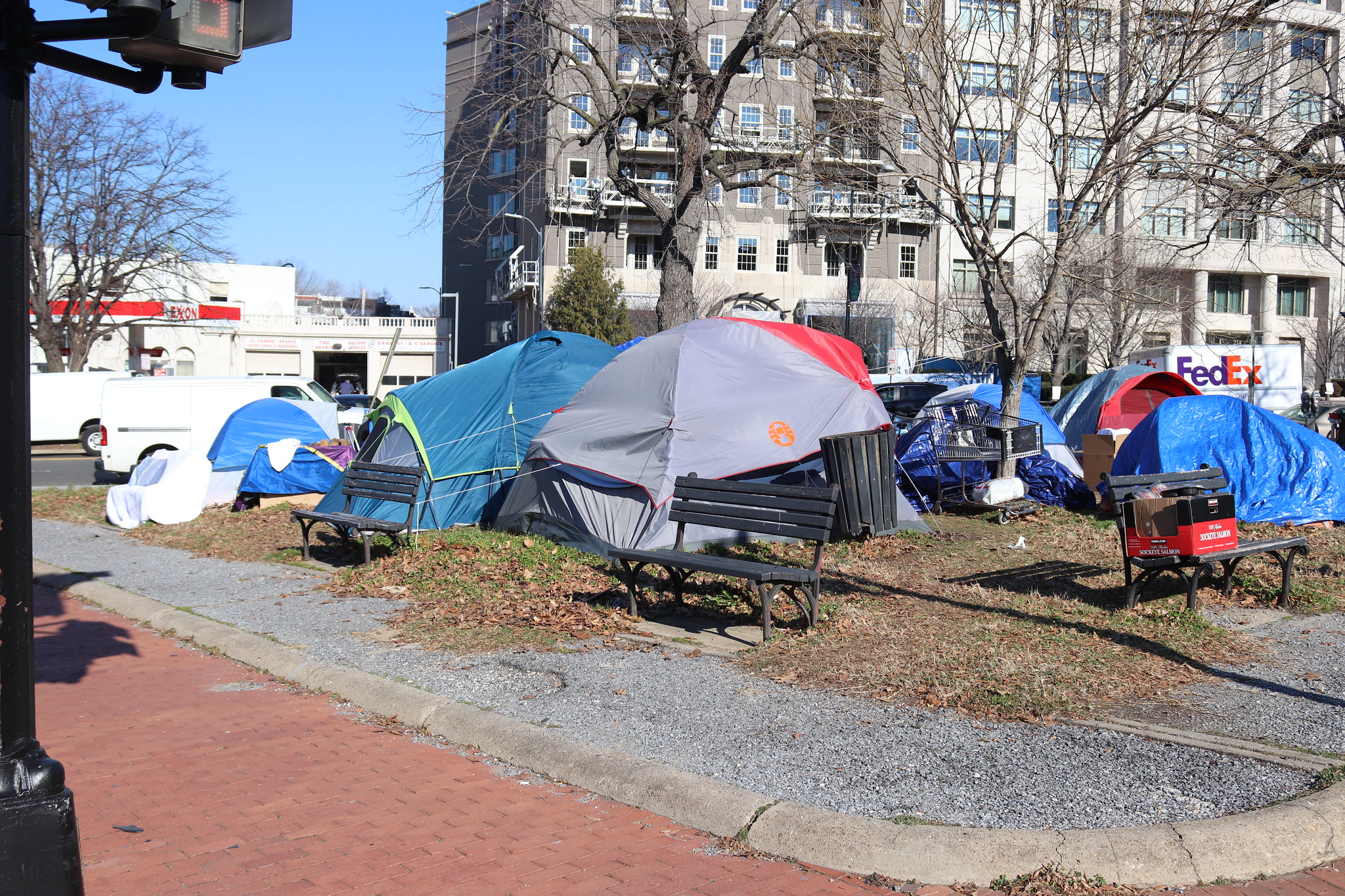‘Tranq’ Crisis Shows How Harm-Reduction Drug Policies Eat Americans Alive
The White House on April 12 declared xylazine-laced fentanyl an “emerging threat.” Xylazine, also known as “tranq,” is a horse tranquilizer that is being found in combination with fentanyl across the United States.
The New York Times brought national attention to the new drug in an article from January 2023 that chronicled its spread on the East Coast. This week, Fix Homelessness covered its appearance in Seattle.
Untested in humans, xylazine is a non-opiate sedative that forms a potentially lethal cocktail when combined with the already deadly opioid fentanyl. Notably, xylazine does not respond to naloxone, known by the brand name Narcan, which is used to reverse fentanyl overdoses.
Xylazine-laced fentanyl can cause open wounds to form on the body. Wounds can become so severely infected that amputation is necessary. The flesh-eating effect of xylazine has caused some to describe its victims as reminiscent of “Walking Dead” zombies.
In recent years, drug policy in major cities has shifted away from mandatory treatment and toward decriminalization and harm reduction. New York City operates two “safe injection sites,” illegal under federal law, where medical professionals give clean needles to drug users, test street drugs for substances like xylazine, and observe users to prevent overdose.
The city’s stance on addiction is rooted in a “harm reduction” ideology favored by increasing numbers of politicians, public health officials, and voters. The sentiment behind harm reduction is that only drug users can decide whether they should receive treatment. The best anyone else can do is help them use “safely.”
Harm reduction ideology rejects the long-held view that addiction, by its very nature, prevents addicts from choosing treatment for themselves, even if they hate what the drugs do to their bodies and their lives.
The alternative philosophy, a pro-treatment approach, holds that intervening on behalf of addicts is not paternalistic or stigmatizing. The pro-treatment approach sees humans as worthy of a full and flourishing life.
The same philosophy undergirds the view that society must intervene to protect the lives of suicidal or anorexic people. And it should inspire intervention for the lives of those suffering from addiction.
Drug policy involves personal, moral, and societal issues, which force humans to ask questions about choice, responsibility, and ultimate human good. This means the ideological stakes are high. And when the stakes are high, the noise gets loud.
The noise will not abate anytime soon, but if one thing could tug at the roots of deeply held views, it is something so awful that we are forced to rethink even our strongest convictions. Something like tranq.
The New York Times article quoted a woman calling her use of xylazine “self-destruction at its finest,” and it described an amputee injecting it into the stump of his leg. Look at the photos of people marred by tranq and imagine a society that prizes the pseudo-autonomy of choosing deadly drugs above compassionate intervention.
Contrary to what harm-reduction ideology would have you believe, recognizing a person’s humanity is consistent with intervening to get him addiction treatment. The cultural pull not to stigmatize anything or anyone is misplaced, purchasing a momentary façade of autonomy at the cost of untold harm and suffering.
Fentanyl, which has surged to tragic levels of fatality, has been viewed with the kind of justified alarm that xylazine is getting today. Seattle’s fentanyl overdose deaths have skyrocketed nearly 700 percent in the last four years.
But harm-reduction proponents, who once pushed for fentanyl test strips to keep people away from the drug entirely, now favor Narcan to rescue an ever-growing number of people from fentanyl overdoses.
We cannot go down the same path again. As more people slip into the clutches of xylazine, let us not try to convince ourselves that they must choose to help themselves before anyone else can offer assistance or that a xylazine addiction causes anything but destruction.
In practice, harm reduction often ends up stabilizing the victims of addiction’s warfare without achieving a ceasefire. Clean needles and supervision may save lives, but saving lives only to let them return to the deadly risks of addiction is not enough. Precautions that reduce harm can be one of the life-valuing means to the best end — recovery — but they cannot be the best end in themselves.
The graphic sight of tranq eating away at human flesh should be enough to motivate a stop-at-nothing response to the spread and use of the drug, but that approach should not end with xylazine. Other deadly and addictive substances warrant the same response.
The less visible, but no less real, destruction caused by fentanyl and meth eases capitulation to the “who am I to judge?” narrative — a narrative that says the public should allow addiction to slowly kill people in droves rather than risk being criticized as judgmental.
The drug crisis facing our cities and our nation finds itself immersed in rhetoric. It makes sense. Addiction is fundamentally an issue of human dignity, invoking judgments about what constitutes a meaningful existence or a good life, and whether such distinctions exist in the first place. Issues like that are bound to be fraught with tension.
The gruesome tranq tragedy will hopefully be enough to knock us out of our ideological stupor and force a re-examination of harm-reduction drug policy.
" Conservative News Daily does not always share or support the views and opinions expressed here; they are just those of the writer."





Now loading...